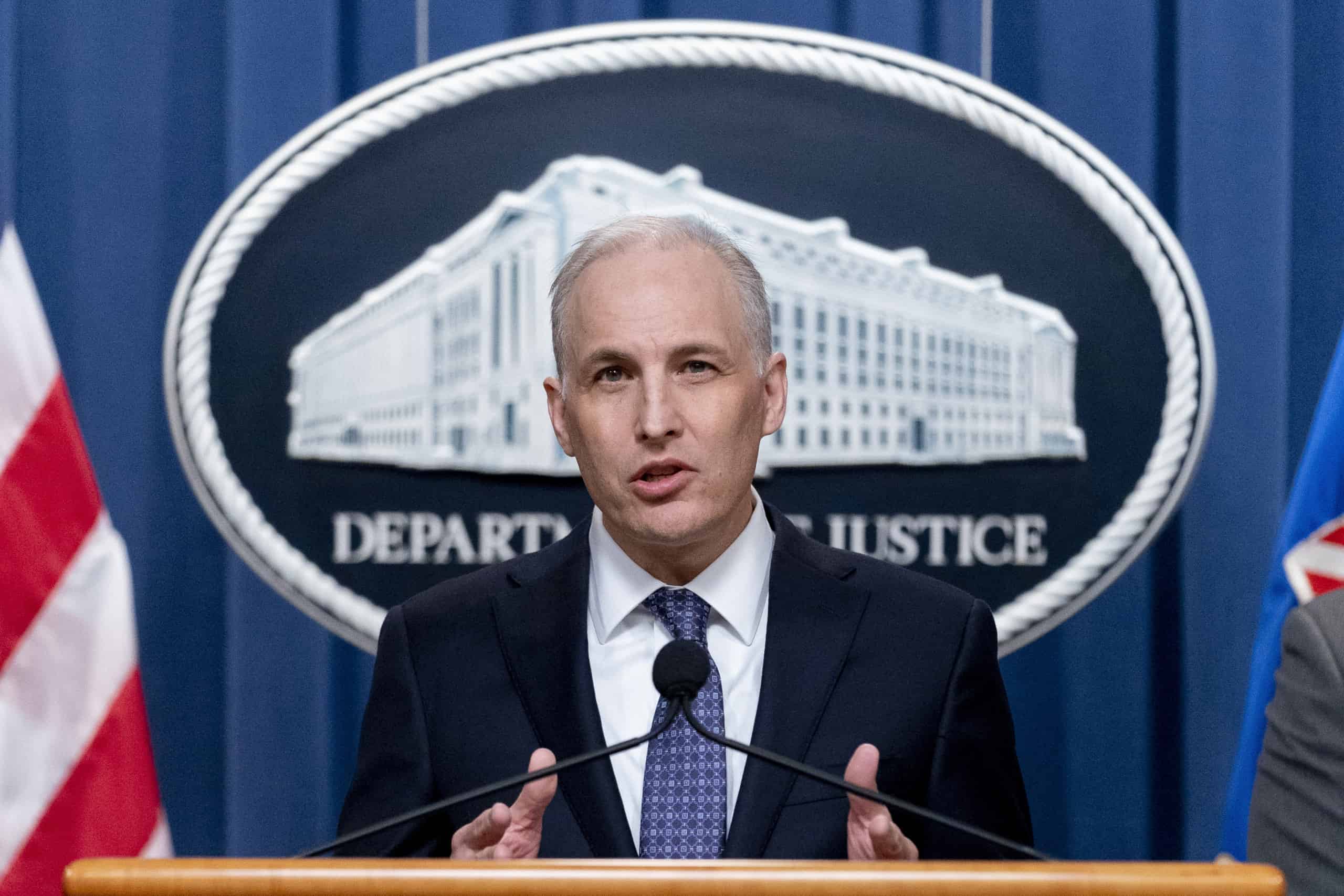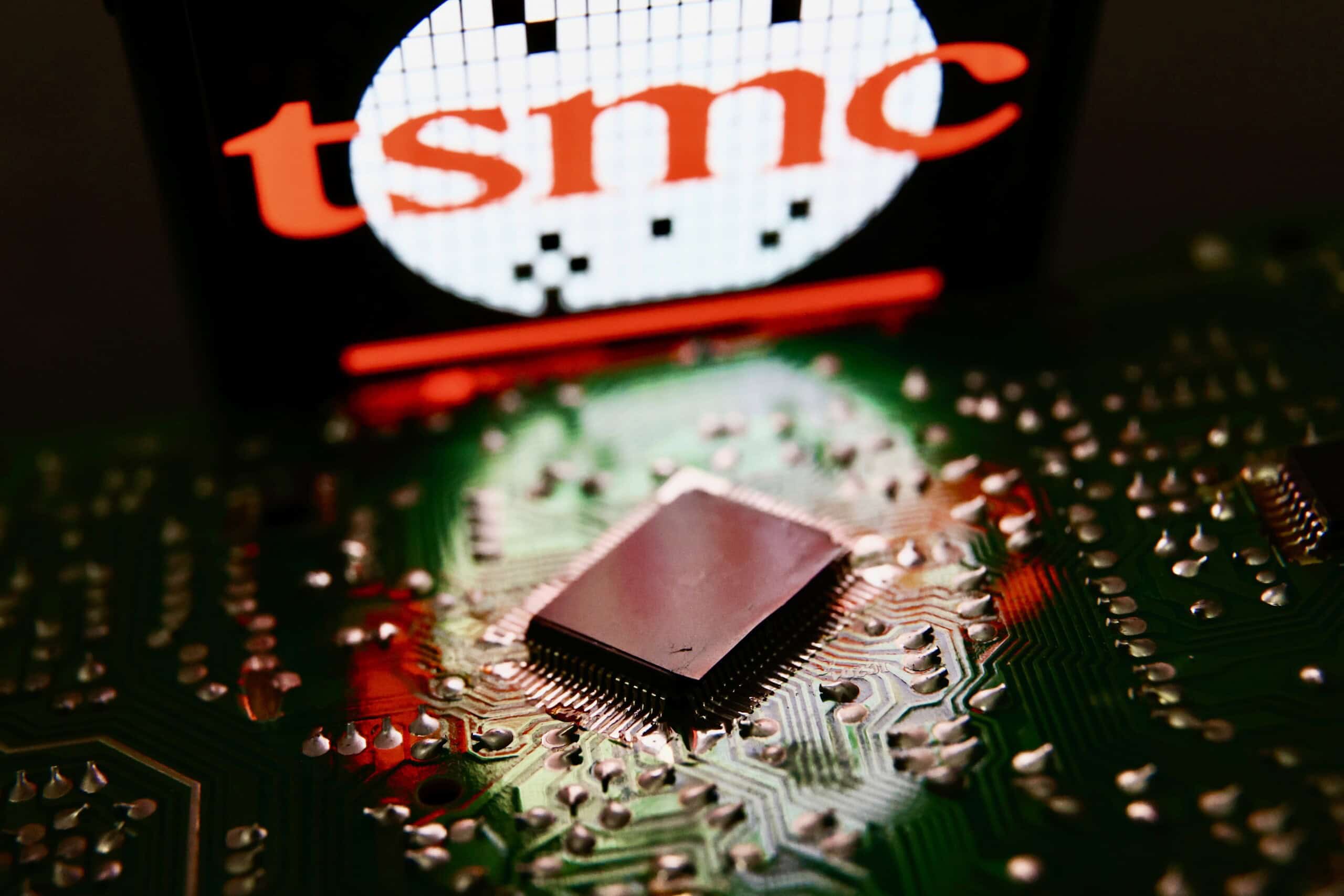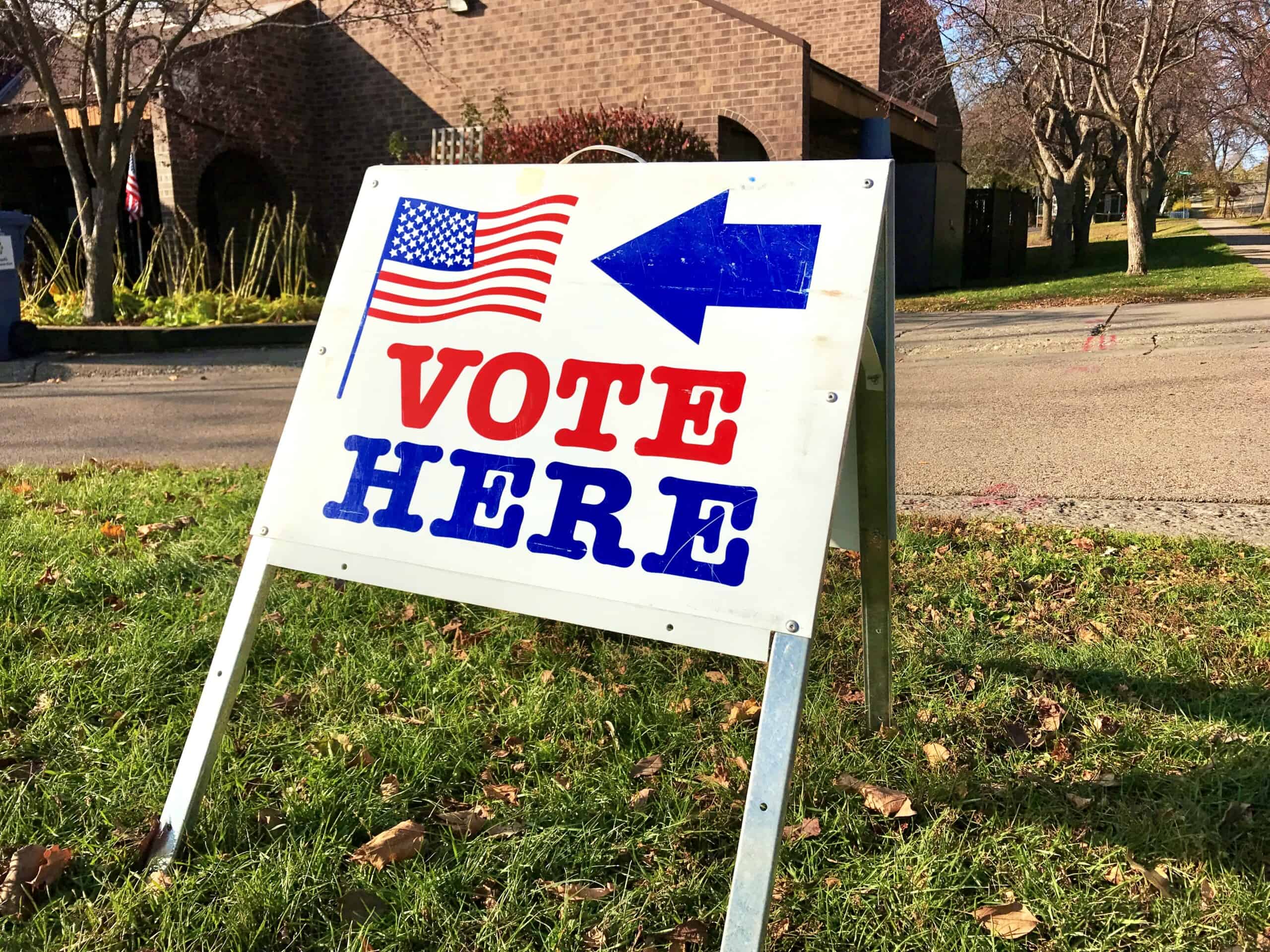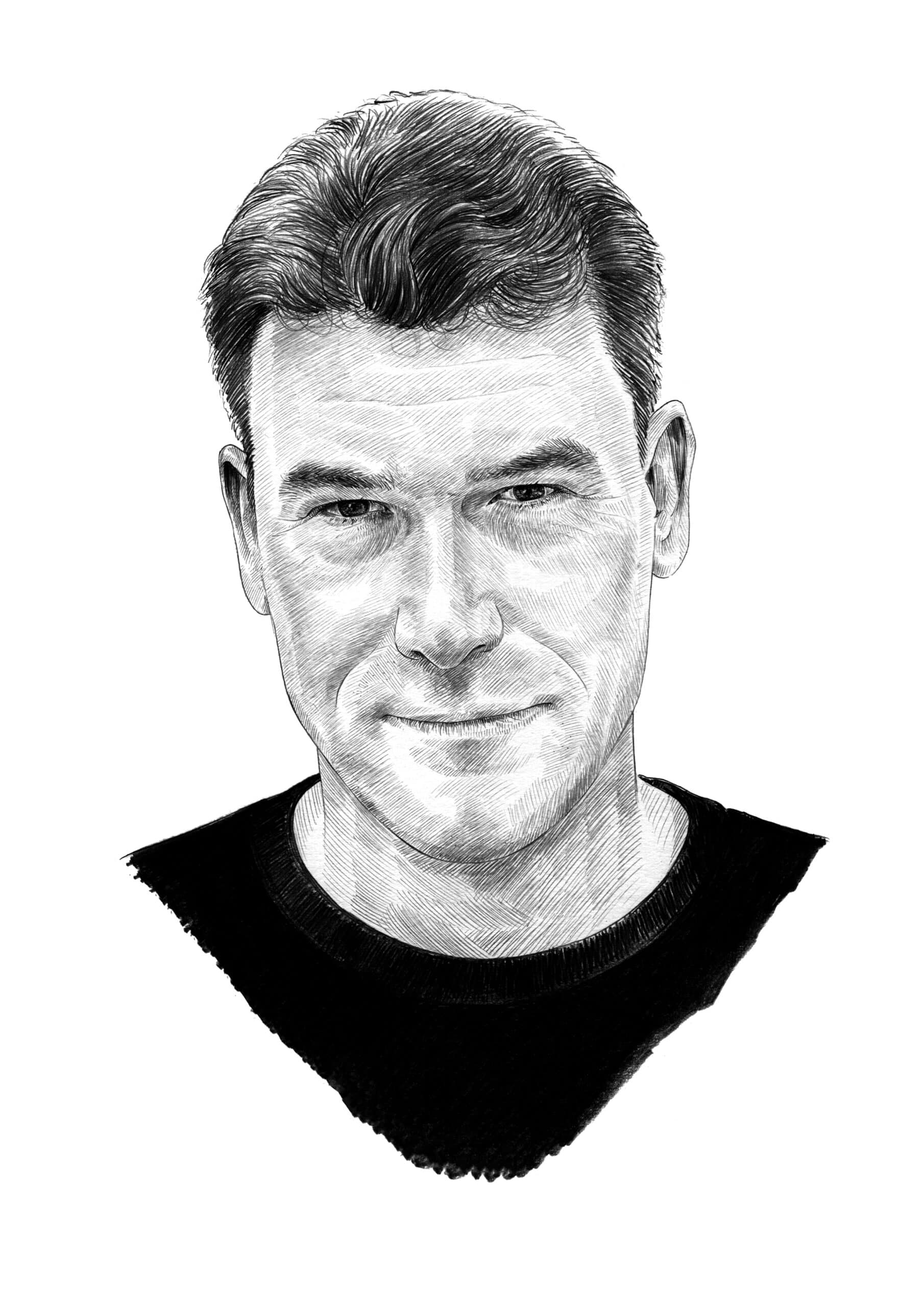
When the Department of Justice announced last month that it was ending the China Initiative, the controversial Trump-era program that sought to prosecute Chinese espionage, its many critics — particularly in the academic community — breathed a sigh of relief.
Observers say the Initiative ended up unfairly targeting academics of Chinese descent for administrative infractions like improperly filled disclosure forms or grant fraud, rather than countering real threats to U.S. interests. The approach led to high-profile prosecutions of scientists like MIT’s Gang Chen and the University of Tennessee’s Anming Hu, whose cases ended in dismissal or acquittal, but not before inflicting significant damage on their careers.
The question remains, however: How can the U.S. encourage and benefit from collaboration in areas like research and technology with China, without risking its national security?
That dilemma was evident even as Matthew Olsen, head of the DOJ’s national security division, announced the China Initiative’s closure. While acknowledging concerns about the chilling atmosphere the program had created, Olsen reiterated that the department would continue to “prioritize and aggressively counter the actions of the PRC government that harm our people and institutions.”
And while Olsen said the DOJ would, in the future, reserve criminal prosecutions for only the most serious violations, federal prosecutors are still pursuing a handful of existing China Initiative cases, such as that of Franklin Tao — a University of Kansas professor charged with grant fraud and failing to disclose links to China.
This apparent incongruity is one factor in the increasingly poor relationship between the worlds of research and justice. Some place the origins of the divide in a previous era of antipathy between the United States and its ideological foes during the Cold War.
“There’s so much built up mistrust going back to the McCarthy Era [in the 1950s] between law enforcement and academia,” says Emily Weinstein, a research fellow at Georgetown’s Center for Security and Emerging Technology (CSET). “So there needs to be some type of mediator that can bring together expertise from both sides in a non-punitive, open environment.”
Following President Nixon’s 1972 China visit, both governments promoted scientific exchange as a politically neutral route to improve relations. From the 1990s, thousands of Chinese academics joined American universities while collaborating with Chinese counterparts on research projects, particularly in STEM fields.
But amid rising tensions in recent years, policymakers have questioned whether such openness risks allowing China to steal U.S. intellectual property and even discover state secrets.
Major research institutions are now asking for more clarity on where the U.S. government’s red lines lie. Universities and federal grantmaking agencies often have their own systems for vetting academics, and standards can vary greatly between institutions.
In theory, the U.S. government could provide uniformity, yet there is still much confusion over its requirements. A 2020 Government Accountability Office report found differences between the ‘conflict of interest’ policies of five of the federal government’s top research funding agencies, with the Departments of Defense and Energy having no agency-wide policy at all.
That uncertainty, coupled with fears about the China Initiative, “has led scientists to be less inclined to pursue major grants, big research projects, and especially to collaborate abroad,” says Jenny J. Lee, educational policy professor at the University of Arizona. “Among the challenges has been a lack of clarity on what should be disclosed, what is a violation, and just a general lack of transparency.”
In January, the White House’s Office of Science and Technology Policy (OSTP) published a report directing federal research agencies to develop uniform disclosure requirements for scientists applying for federal grants, and consistent penalties for failure to comply. Yet it’s not clear how much weight these guidelines will carry, given the OSTP’s limited enforcement powers.
“The power of OSTP purely depends on whoever is in power in the White House. It doesn’t have any legal mandate to tell entities to do things,” says Weinstein. “So while it’s great to see something like this coming out of the White House, I would like to see it coming out of one of the bodies that actually funds research like the [National Science Foundation], because they can actually pack on specific enforcement mechanisms.”
Experts say the new guidelines also still leave scholars in the dark over whether or not they have present or past affiliations with organizations now deemed to pose a risk to research security.
The agency that has come closest to offering clarity is the Defense Advanced Research Projects Agency (DARPA), a research and development agency that helps develop emerging technologies for the military. In September, it released a “risk rubric” that assigned different foreign affiliations a risk rating from ‘low’ to ‘very high.’ But an early version of the rubric included consideration of the location of researchers’ overseas family and friends — a criterion that could encourage the kind of discriminatory profiling associated with the China Initiative, experts say.
“The concern, just like with any kind of algorithm, is that if it’s garbage in, it’s going to be garbage out,” says Margaret Lewis, a law professor at Seton Hall University. “If the inputs are race-based factors, what comes out on the other side, even though it seems somewhat cleansed and has gone through a mathematical formula, can still have bias baked in.”

The latest version of the rubric doesn’t explicitly name China as a country of concern, but does cite active or past affiliations with companies on U.S. sanctions lists — specifically the list of Chinese Military Industrial Complex Companies and the Entity List — as examples of high risk.
Those lists have rapidly expanded in the last two years and now include companies that have previously had ties with top U.S. universities — MIT, for example, at one point maintained a research partnership with AI company iFlyTek, which was placed on the Entity List in 2019 for supplying police in Xinjiang. MIT cut ties with iFlyTek in 2020.
Some experts have supported an amnesty program that would allow scholars to disclose past foreign funding and Chinese ties without fear of punishment. Proponents, such as CSET’s Weinstein, argue that the information could give the U.S. intelligence community valuable insight into the scope of China’s talent programs.
But Republican politicians have opposed an amnesty, while the depth of lingering distrust between scholars and regulatory bodies could undermine its effectiveness, says the University of Arizona’s Lee.
“There’s still considerable distrust not just with the Department of Justice but within institutions and research offices that have served as extensions [of the government] in scrutinizing scholars of Chinese descent,” she says. “I think it’s unlikely that a scientist will suddenly provide any and every possible conflict of interest. There’s really no incentive to do that.”
Others, such as Andrew Lelling, a former U.S. attorney and architect of the China Initiative who has since called for a revamp of the program, argue that universities and their faculty will have to adapt to a higher degree of scrutiny being the norm.
“Scholars need to get used to… having their decision-making and representations vetted by somebody else, meaning compliance people at the university,” he says. “That happens in all kinds of industry, not just in academia. And I think a lot of them are doing it now.”

Eliot Chen is a Toronto-based staff writer at The Wire. Previously, he was a researcher at the Center for Strategic and International Studies’ Human Rights Initiative and MacroPolo. @eliotcxchen



